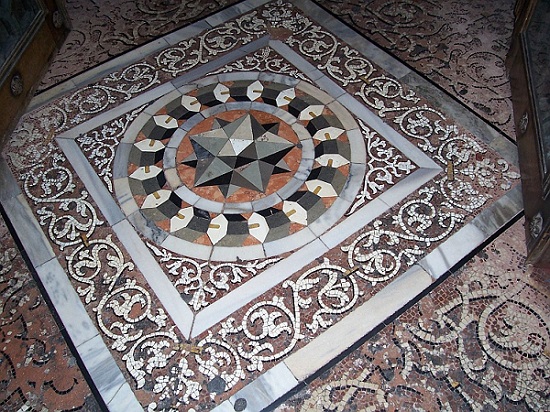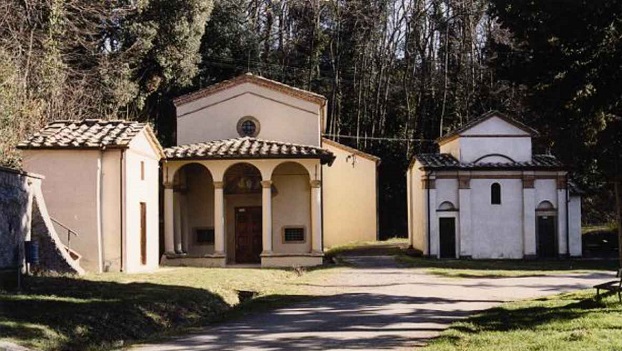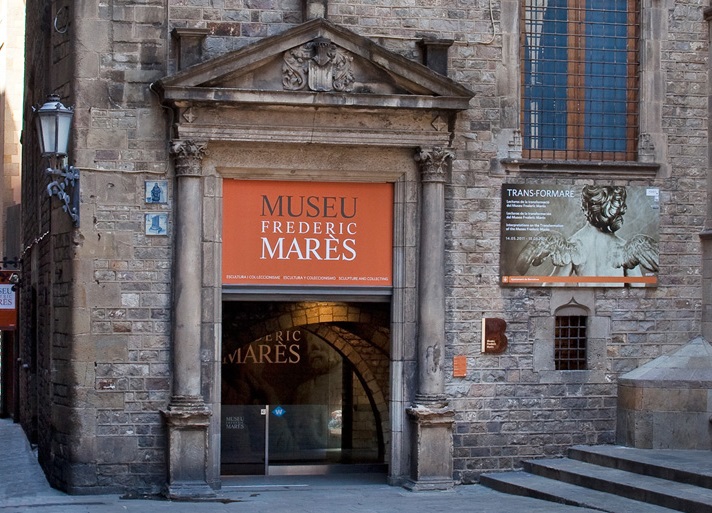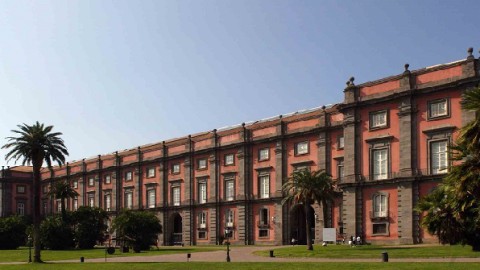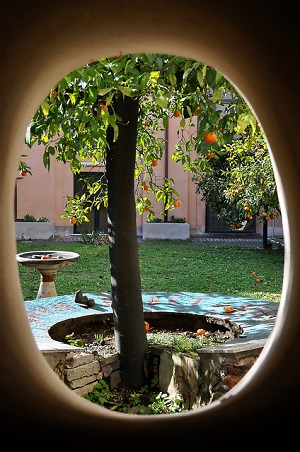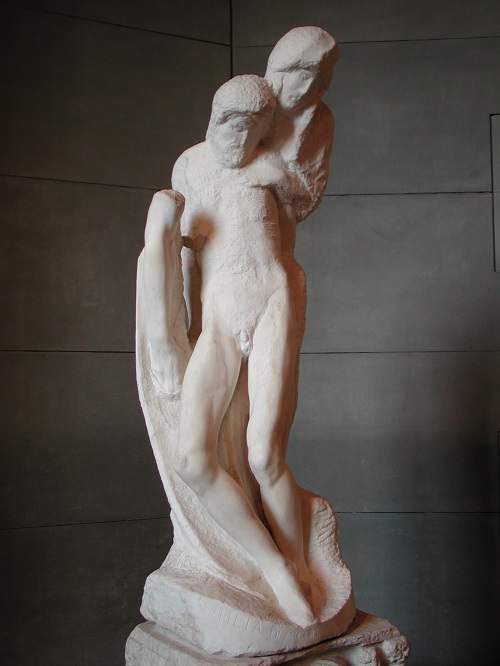
Most people are not even aware of its existence, and even those who do know it sometimes do not see the pentimenti in this unfinished work. The Rondanini Pietà is the last known work by Michelangelo, carved when the artist was 90 years old and approaching death. This final sculpture revisited the theme of the Virgin Mary mourning over the body of the dead Christ which he had first explored in his Pietà of 1499. Like his late series of drawings of the Crucifixion and the sculpture of the Deposition of Christ intended for his own tomb, it was produced at a time when Michelangelo’s sense of his own mortality (and with it his spirituality) was growing. In a space designed by the BBPR architectural studio, it now stands in the last rooms of the Castello Sforzesco’s Museo d’Arte Antica, the final masterpiece of the collection.
First mention of the work comes in two letters of 1564, the year of Michelangelo’s death, written by Daniele da Volterra, the master’s pupil, to Giorgio Vasari and Leonardo Buonarroti respectively. These give an inventory of goods taken at the artist’s death and mention “the half-begun work of Christ with another figure above, attached together, sketched in but not finished”.
The marble sculpture depicts the Deposition from the Cross, with Christ unusually shown borne up by Mary herself in a vertical position. But one of the most interesting and less evident aspects of this work is that, given it was left unfinished, you can still see the pentimenti very clearly. For example, on the left. Christ’s arm is entirely detached from the body – the result of a pentimento that has yet to be concealed. On the left, opposite the Virgin’s veil, you can see the eye, eyebrow and a hint of a nose that form the sketched in beginnings of a face turning sideways.
Although still working on the piece, Michelangelo, in 1561, gave the sculpture to his servant, Antonio del Francese. All trace of the work was then lost for two centuries, until, in 1807, it turned up in a list of goods belonging to Marchese Rondanini of Rome. It was valued at only 30 scudi, revealing how little understanding there then was of what is now considered Michelangelo’s most dramatic and moving masterpiece. Palazzo Rondanini and the collections it housed were then sold to the Count Sanseverino-Vimercanti, with the Milan City Council acquiring Pietà for Castello Sforzesco in 1952, thanks to funds raised through a public appeal. The restoration to remove the yellowish-brown patina left by dust and chemical residues was completed in 2004, thus bringing out the full complexity of the work on the piece. One last curiosity to note: the marble sculpture stands on a funeral stele dating from the first century AD.
So the next time you are in Milan, you must pay a visit to the Museo d’Arte Antica and spend some time with this extraordinary piece of art – you will come away both in awe and very moved by its exquisite beauty and its poignancy.
(Adapted in part from Secret Milan by Massimo Polidoro)

